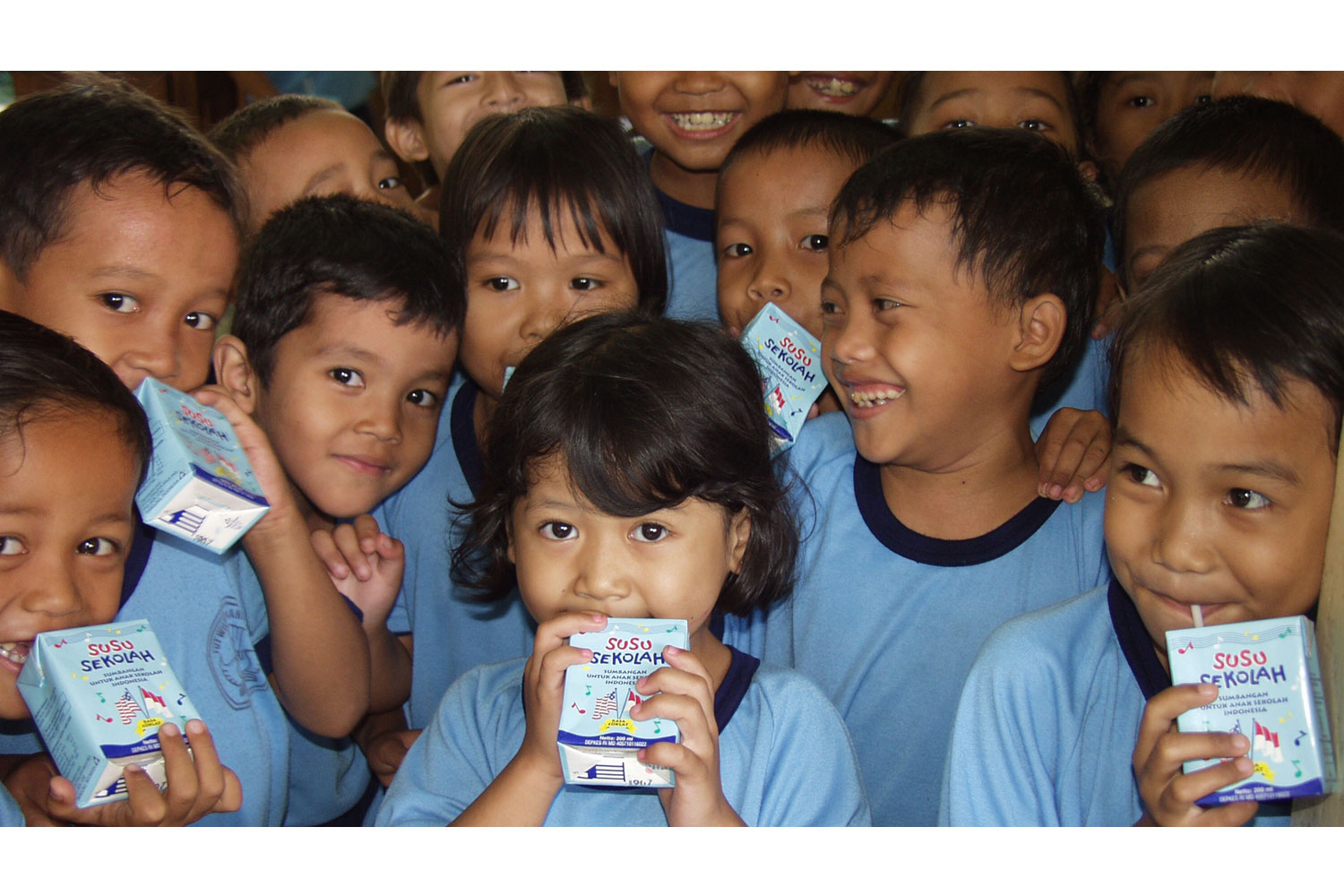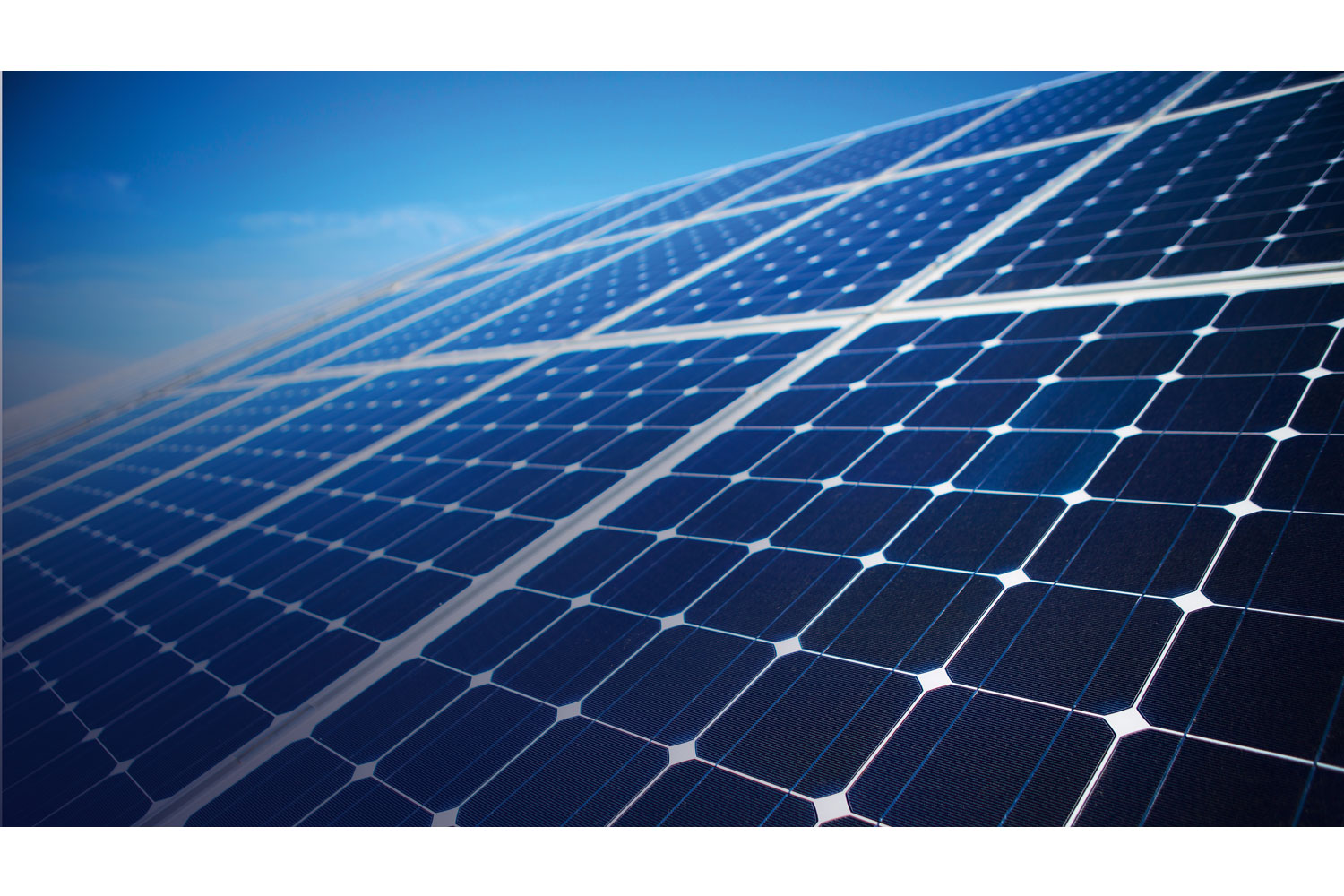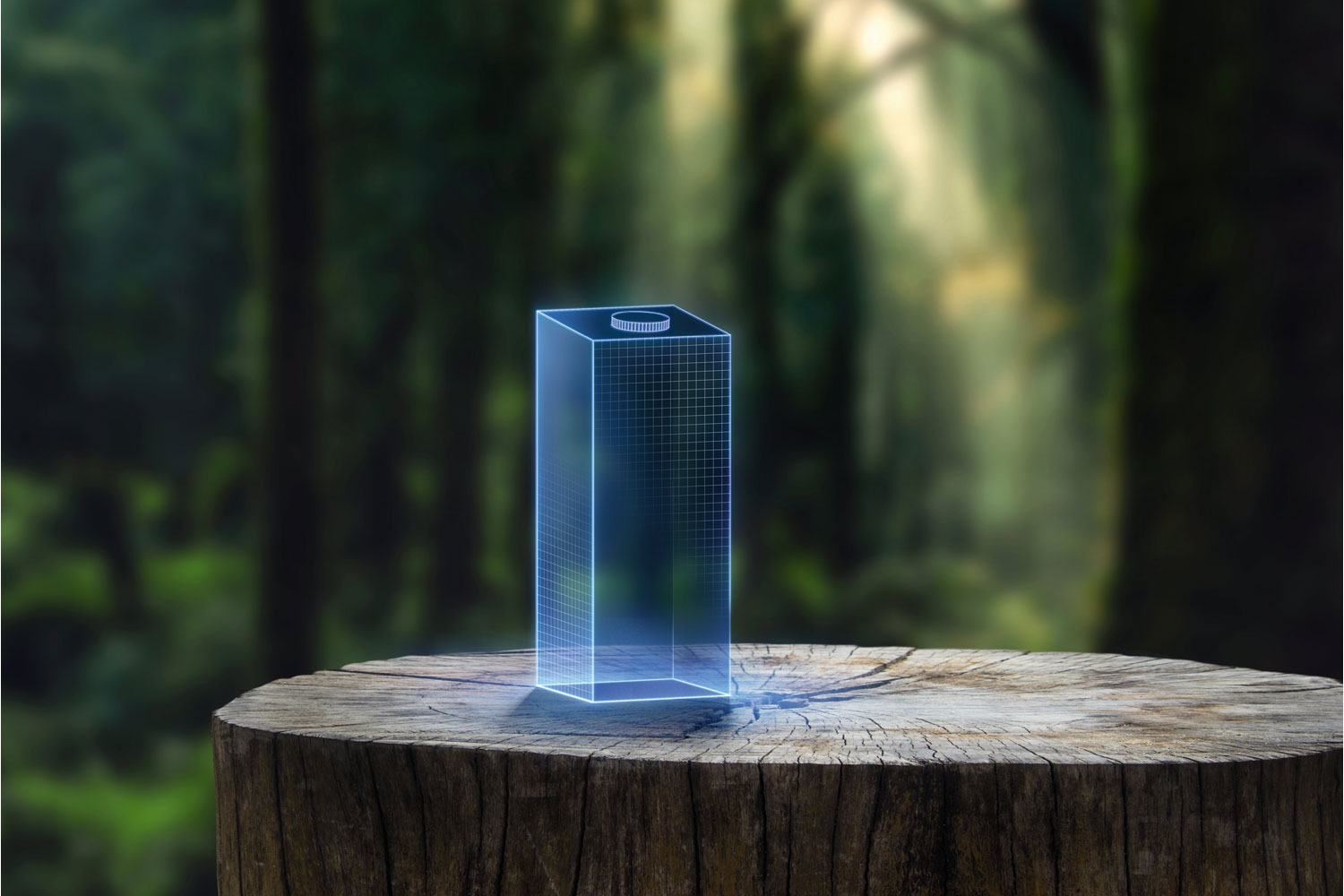
By Bert Jan Post, Managing Director, Tetra Pak (Thailand) Limited.
By 2050, the world's population is predicted to reach 9.1 billion, which means we will need to feed an additional 50-80 million people each year. This would require a total increase in food availability of 70%. This food will not only have to be produced, but also somehow kept and transported to consumers. Preserving and delivering food requires effective packaging, which is absolutely crucial for the global food delivery system.
Packaging makes food safe and available without refrigeration, thus reducing food waste. This is important given how much food is lost during storage, transportation, distribution and consumption (in some food categories the waste can reach 60%). Although packaging helps reduce food waste, it can also cause problems for the planet, from depletion of resources and increasing carbon emissions to litter piling up in landfills and in nature.

Can we imagine a world where the need to feed people and the aim of preserving the planet could be achieved, together? Such a world would require a new type of packaging which will effectively protect food with minimal impact on the planet; packaging which can harmonise food safety and access with environmental responsibility.
The need for such a solution is more pressing than ever, not least because of global warming. Although energy usage accounts for the majority of global greenhouse gas emissions, farming, processing and distribution of food have a massive footprint. It accounts for up to 26% of global greenhouse gas emissions.
As more people become aware of this problem, consumer concerns turn into demands for action. Research shows that the modern consumer wants to make responsible choices. We already see growing demand for more sustainable, climate-friendly packaging solutions — and this demand creates new incentives for the food industry.
For example, most people now want packaging to be recyclable, and the industry already offers recyclable packaging options. But the world cannot rely on recyclability alone. Recyclability basically means the potential to be recycled, which is not the same as recycling itself. Take plastic, of which only 9% is recycled. And, even in carton-based packaging, global recycling rates are still far from satisfactory. This is one of the areas where our company is working with industry partners to bring about positive change.
But increasing the volume of recycling is just one piece of the puzzle. If we want to radically improve environmental footprint, mitigate climate change and protect nature, we must look at the full lifecycle of the package, including the carbon impact. Packaging is energy-intensive to produce, and has a carbon footprint. So, what is the best option considering all the factors?
At Tetra Pak, we believe that paper-based packaging is still the most promising alternative. It can be fully renewable, it can be sustainably-sourced and it can offer full circularity. It also has the lowest carbon footprint. Tetra Pak packages are made of about 70% paperboard, which is a plant-based material. It comes from sustainably managed forests which are renewable resources. They are replenished and as they grow back, they take up carbon dioxide. This makes carton packages the most sustainable option on the market today.
However, contemporary carton packaging contains thin layers of plastic and aluminium in order to ensure food safety. This is where there is room for improvement, which means developing a carton that can represent the ultimate solution for nature and climate, responding to various challenges. It can be done by maximising the use of paper-based content while reducing the use of aluminium and plastic in the ultimate sustainable food package.

This is Tetra Pak’s long-term ambition – to develop the world’s most sustainable food package. Our company was founded on the idea that a package should save more than it costs. Armed with this mind-set, Tetra Pak launched a programme aimed at developing a package which will be made solely from responsibly-sourced renewable or recycled materials. It will also be fully recyclable and carbon-neutral, allowing ambient distribution and meeting food safety requirements.
We refer to this project as the ‘Go Nature Go Carton’ campaign. It is a campaign, not just an internal R&D initiative, because we understand that the ambition of developing the world’s most sustainable food package can only be achieved if we adopt a full 360° perspective of the problem. However, this can only be done through support and active collaboration, not only with food producers and the entire value chain but also individuals, influencers, and everyday consumers. Sustainability is a joint responsibility and it is not enough for us, as packaging manufacturers, to simply offer a recyclable package. Food producers, retailers, recycling companies and consumers need to actively participate in recycling for it to work. The same is true for any other sustainable initiative — innovations need wide support.
We hope that our concept of sustainable packaging will receive support. We have what it takes to develop the sustainable packaging of the future. Tetra Pak has a long and proven history of pioneering innovations. The company’s transformative approach to packaging already changed the world once, when Tetra Pak pioneered the use of aseptic technology in the 1950s. Tetra Pak was also the first to introduce FSC™ (Forest Stewardship Council™) — certified carton packages in 2007; and it was the first to introduce a renewable beverage package in 2014. Now the company believes that it can change the world again and deliver high-performance packaging which will address the challenges of food availability, insecurity and waste. But, once again, this can only be done with the support of everyone who shares our concerns about the future of the planet.